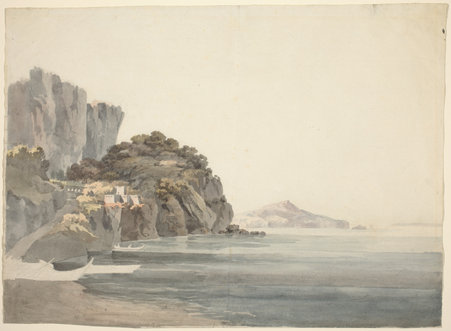In our continuing in-depth coverage of Oregon football game day, we add to it this new feature article which looks at a key story line for each game.
 |
|
| Mark Helfrich’s personality is in stark contrast to that of Saturday’s opponent |
As the Ducks head back to Autzen to face Washington State this weekend for their fourth conference match-up of the 2013 season, what transpires on Saturday night will feature two extremely prolific offenses. While both are prolific, they offer a contrast in style both on the field and off.
Oregon, ranked No. 2 in the nation in both major polls has been one of the more prolific offenses in the nation since Chip Kelly’s arrival in 2007. Washington State, meanwhile, has gone through a bevy of problems since Mike Price’s departure after the 2002 season. While the fall of the Washington State program was not as precipitous as that of its former coach, both falls were negatively spectacular in the end.
The Cougars tried to maintain with other coaches only to see the program mired in less than mediocrity. Paul Wulff looked to have the program close to turning around, but former Oregon athletic director Bill Moos, who was in the same position at Washington State, felt that an upgrade was needed to generate better fund-raising opportunities, so he turned to Mike Leach, the former Texas Tech coach who, though fabulously successful in Lubbock, was also one of those figures that polarized the administration and the fan base.
His hiring prior to the 2012 season was considered a “home run” hire when he was tabbed to guide the Cougars. He came to a team that was already very successful throwing the ball. But his philosophy was different. He was not interested in play-action passing or running the ball on a regular basis. His offense is, essentially, a two minute drill that the team runs for an entire game.
This means getting the ball to receivers quickly and allowing them to make plays. This season, Connor Halliday, the junior quarterback for the Cougars is averaging over 350 yards per game through the air. The issue is consistency. Leach’s philosophy requires the quarterback be able to make quick accurate decisions. At Texas Tech, despite the exceedingly high number of pass attempts per season, his team consistently landed in the top 20 of fewest sacks allowed. And his quarterbacks threw plenty of touchdowns and very few interceptions. They were consistent.
Halliday, while prolific through the air, has also been wildly inconsistent. He is slow to make decisions and has thrown almost as many interceptions (13) as touchdowns (14) through seven games this season.
Oregon, meanwhile, has made their “splashy” hires at the coordinator level allowing their coaches to grow from within. Chip Kelly came to Oregon as offensive coordinator; and then was promoted when Mike Bellotti retired.
When Kelly was promoted, he tabbed Mark Helfrich as his offensive coordinator. Helfrich was then promoted.
Helfrich is the antithesis of Leach. He is quiet and almost studious in his approach to everything. When speaking to the media, he is thoughtful and reserved in much of his response. Helfrich uses the occasional quip to varying degrees of success. The most controversial statement he has made was really a statement he did not make. Circumstances.
If Helfrich has any political views about any topic outside of football, good luck getting an answer. Compare that with Leach who will willingly share his views on any topic under the sun; often without being asked. Leach writes books; Helfrich probably reads them.
On the field Oregon also has thrown the ball quite a bit more this year than in previous seasons. Many expected a small change in the run-pass ratio. But, honestly speaking, that would have likely happened this season regardless of who was head coach.
Oregon’s quarterback has been a model of consistency and efficiency this year. Where Halliday has 14 touchdowns, Marcus Mariota, the sophomore Heisman Trophy candidate, has thrown 17 in one less game. The difference? Mariota has thrown zero interceptions compared with 13 by Halliday.
Mariota averages 287 passing yards per game; but in reality, he averages about 287 yards per two and a half quarters. Mariota averages over 10.4 yards per attempt. If Mariota had thrown as many passes as Halliday, his 3524 yards would lead the nation by more than 1000 yards over current leader Sean Mannion. Consistency.
When these two teams match-up on Saturday, what you will see on each sideline is a contrast in styles. In between the sidelines? Another contrast in styles.
